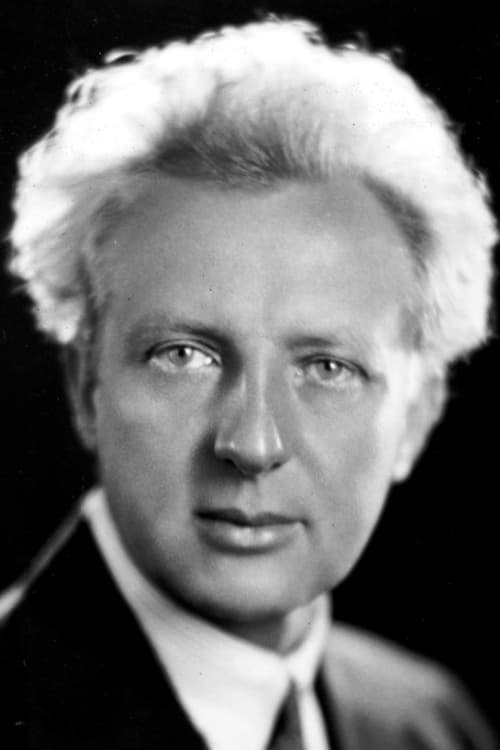Leopold Stokowski
Nascimento : 1882-04-18, London, England, UK
Morte : 1977-09-13
História
Leopold Anthony Stokowski (18 April 1882 – 13 September 1977) was an English conductor of Jewish-Polish and Irish descent. One of the leading and influential conductors of the early and mid-20th Century, he is best known for his long association with the Philadelphia Orchestra and for appearing in the film Fantasia. He was especially noted for his free-hand conducting style that spurned the traditional baton and for obtaining a characteristically sumptuous sound from the orchestras he directed.
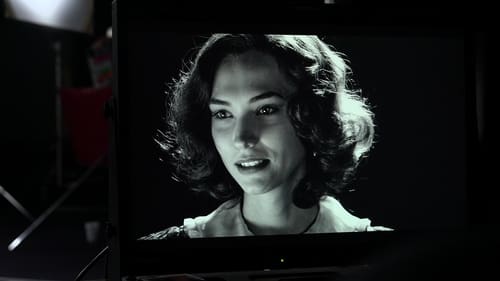
Himself - Musician (archive footage)
A história do cinema italiano sob o fascismo, uma indústria cinematográfica sofisticada construída em torno da fundação dos estúdios Cinecittà e do nascimento bem-sucedido de um star system doméstico, povoado por artistas muito peculiares entre os quais se destacaram várias atrizes belas, magnéticas e especiais; uma história negra de guerra, drogas, sexo, censura e tragédia.

Himself
"Clair de Lune" was fully animated and scored when it was deleted from Fantasia in early 1940, a casualty of Fantasia's excessive length. In February 1942, inking, painting and technicolor photography were completed for "Clair de Lune" as a short subject, but it was not released. In 1946 it was edited , reshaped and re-scored as the popular music sequence "Blue Bayou" in "Make Mine Music". Previous attempts to recreate "Clair de Lune" were frustrated by missing animation and Stokowski footage. A nitrate workprint of the original version located in 1992 has allowed "Clair de Lune" to be completely reconstructed as Walt Disney intended it to be seen.
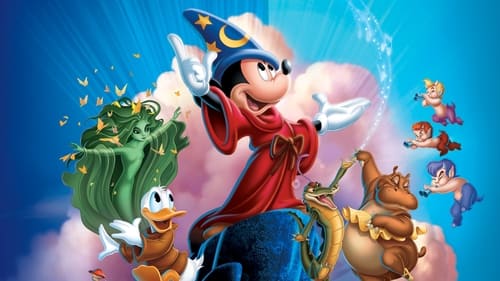
Conductor
O clássico de 1940 da Walt Disney Pictures, Fantasia, retorna com um um toque a mais de magia tecnológica. Combinando animação tradicional com gerada por computador, este musical de gala apresenta seis novos segmentos, cada um criado por diretores e equipes criativas diferentes.
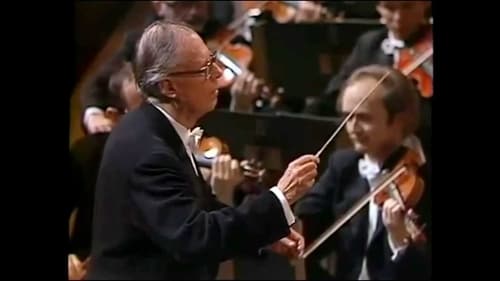
Self
Documentary about sixteen great conductors of the 20th century.

With examples from Disney feature-length films, Walt Disney gives a behind-the-scenes look at the improvements in animation made by his studio's in-house training and research that studied real-life motion and made technical innovations.
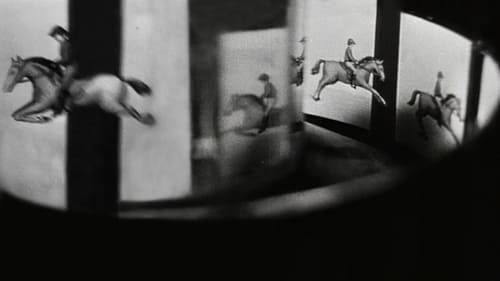
Self (archive footage)
Walt Disney discusses the history of animation, beginning with J. Stuart Blackton and his Humorous Phases of Funny Faces in 1906, and including Gertie the Dinosaur.
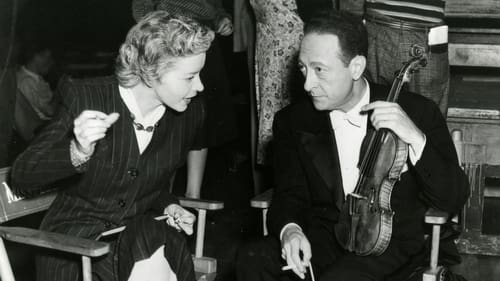
Leopold Stokowski
A young Irishwoman comes to the United States to live and work with her mother as a cleaning lady at Carnegie Hall. She becomes attached to the place as the people she meets there gradually shape her life. The film also includes a variety of performances from some of the foremost musical artists of the times: conductors Bruno Walter & Leopold Stokowski, solists Arthur Rubinstein & Jascha Haifetz, singers Lily Pons & Jan Peerce and bandleader Vaughn Monroe among many others.
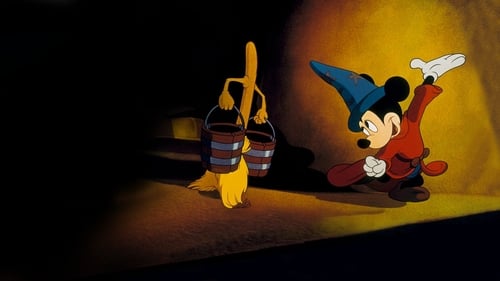
Himself - Conductor of The Philadelphia Orchestra
A integração das grandes obras da música clássica com visuais extremamente criativos e originais da animação. São as seguintes composições que fazem parte do filme: "Toccata e Fuga em Ré Menor", de Johann Sebastian Bach; "Suíte Quebra-Nozes", de Peter Llich Tchaikovsky; "O Aprendiz de Feiticeiro", de Paul Dukas; "Sagração da Primavera", de Igor Stravinsky; "Sinfonia Pastoral", de Ludwing Van Beethoven; "Dança das Horas", de Almicare Ponchielli; "Noite no Monte Calvo", de Modest Mussorgsky; e "Ave Maria", de Franz Schubert.

Conductor
A integração das grandes obras da música clássica com visuais extremamente criativos e originais da animação. São as seguintes composições que fazem parte do filme: "Toccata e Fuga em Ré Menor", de Johann Sebastian Bach; "Suíte Quebra-Nozes", de Peter Llich Tchaikovsky; "O Aprendiz de Feiticeiro", de Paul Dukas; "Sagração da Primavera", de Igor Stravinsky; "Sinfonia Pastoral", de Ludwing Van Beethoven; "Dança das Horas", de Almicare Ponchielli; "Noite no Monte Calvo", de Modest Mussorgsky; e "Ave Maria", de Franz Schubert.
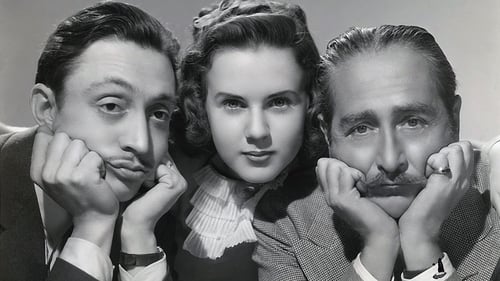
Leopold Stokowski
The daughter of a struggling musician forms a symphony orchestra made up of his unemployed friends and through persistence, charm and a few misunderstandings, is able to get Leopold Stokowski to lead them in a concert that leads to a radio contract.
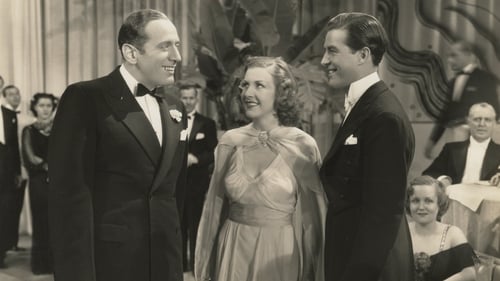
Leopold Stokowski
A cream-of-the-crop gathering of 1930's radio stars, who lend themselves to a storyline about a failing radio station which needs to put on a huge ratings winner to have any chance of continued operation. An interesting mixture of the stars whose fame continued to grow, those who became bit players in show business history, and those who have been forgotten entirely, except at the Internet Movie Database of course!
